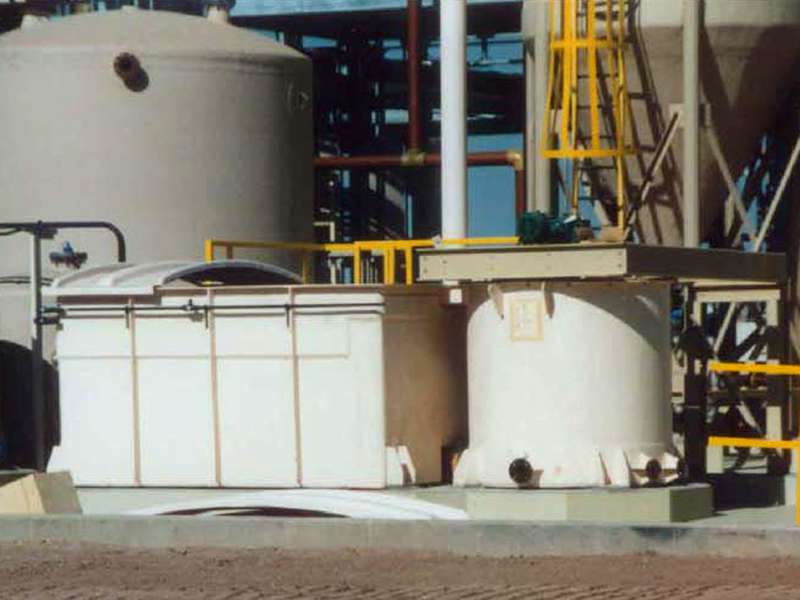
-
 Afrikaans
Afrikaans -
 Albanian
Albanian -
 Amharic
Amharic -
 Arabic
Arabic -
 Armenian
Armenian -
 Azerbaijani
Azerbaijani -
 Basque
Basque -
 Belarusian
Belarusian -
 Bengali
Bengali -
 Bosnian
Bosnian -
 Bulgarian
Bulgarian -
 Catalan
Catalan -
 Cebuano
Cebuano -
 China
China -
 China (Taiwan)
China (Taiwan) -
 Corsican
Corsican -
 Croatian
Croatian -
 Czech
Czech -
 Danish
Danish -
 Dutch
Dutch -
 English
English -
 Esperanto
Esperanto -
 Estonian
Estonian -
 Finnish
Finnish -
 French
French -
 Frisian
Frisian -
 Galician
Galician -
 Georgian
Georgian -
 German
German -
 Greek
Greek -
 Gujarati
Gujarati -
 Haitian Creole
Haitian Creole -
 hausa
hausa -
 hawaiian
hawaiian -
 Hebrew
Hebrew -
 Hindi
Hindi -
 Miao
Miao -
 Hungarian
Hungarian -
 Icelandic
Icelandic -
 igbo
igbo -
 Indonesian
Indonesian -
 irish
irish -
 Italian
Italian -
 Japanese
Japanese -
 Javanese
Javanese -
 Kannada
Kannada -
 kazakh
kazakh -
 Khmer
Khmer -
 Rwandese
Rwandese -
 Korean
Korean -
 Kurdish
Kurdish -
 Kyrgyz
Kyrgyz -
 Lao
Lao -
 Latin
Latin -
 Latvian
Latvian -
 Lithuanian
Lithuanian -
 Luxembourgish
Luxembourgish -
 Macedonian
Macedonian -
 Malgashi
Malgashi -
 Malay
Malay -
 Malayalam
Malayalam -
 Maltese
Maltese -
 Maori
Maori -
 Marathi
Marathi -
 Mongolian
Mongolian -
 Myanmar
Myanmar -
 Nepali
Nepali -
 Norwegian
Norwegian -
 Norwegian
Norwegian -
 Occitan
Occitan -
 Pashto
Pashto -
 Persian
Persian -
 Polish
Polish -
 Portuguese
Portuguese -
 Punjabi
Punjabi -
 Romanian
Romanian -
 Russian
Russian -
 Samoan
Samoan -
 Scottish Gaelic
Scottish Gaelic -
 Serbian
Serbian -
 Sesotho
Sesotho -
 Shona
Shona -
 Sindhi
Sindhi -
 Sinhala
Sinhala -
 Slovak
Slovak -
 Slovenian
Slovenian -
 Somali
Somali -
 Spanish
Spanish -
 Sundanese
Sundanese -
 Swahili
Swahili -
 Swedish
Swedish -
 Tagalog
Tagalog -
 Tajik
Tajik -
 Tamil
Tamil -
 Tatar
Tatar -
 Telugu
Telugu -
 Thai
Thai -
 Turkish
Turkish -
 Turkmen
Turkmen -
 Ukrainian
Ukrainian -
 Urdu
Urdu -
 Uighur
Uighur -
 Uzbek
Uzbek -
 Vietnamese
Vietnamese -
 Welsh
Welsh -
 Bantu
Bantu -
 Yiddish
Yiddish -
 Yoruba
Yoruba -
 Zulu
Zulu
fiberglass car
The Rise of Fiberglass Cars A Revolution in Automotive Design
In the world of automotive engineering, few materials have made as significant an impact as fiberglass. This versatile composite material has not only transformed the way cars are designed and manufactured but has also revolutionized the automotive market, giving rise to a new era of creativity and performance.
Fiberglass, composed of fine glass fibers woven into a resin matrix, offers an impressive strength-to-weight ratio. This characteristic has made it a favored choice among car manufacturers aiming to produce lightweight vehicles without sacrificing durability. The introduction of fiberglass in the automotive sector can be traced back to the mid-20th century, with iconic models like the Chevrolet Corvette, which debuted in 1953. The Corvette's innovative fiberglass body helped redefine sports cars, contributing to a legacy that persists to this day.
The Rise of Fiberglass Cars A Revolution in Automotive Design
In recent years, the resurgence of interest in vintage and classic cars has also fueled the popularity of fiberglass. Many restorers and custom builders utilize fiberglass to recreate classic models that are either too expensive or impractical to produce using original materials. This trend has led to the emergence of fiberglass replicas that offer the allure of classic design combined with modern performance and reliability.
fiberglass car

Beyond the aesthetics and performance benefits, fiberglass also presents considerable economic advantages. The manufacturing process is generally less labor-intensive compared to traditional methods. Fiberglass parts can be produced more quickly and at a lower cost, making them appealing to both manufacturers and consumers. As a result, the affordability of fiberglass vehicles has expanded access to car ownership, enabling a broader range of individuals to experience the thrill of driving a unique vehicle.
However, fiberglass isn’t without its challenges. Issues related to wear and tear, UV exposure, and repairability are concerns that manufacturers must address. Nevertheless, advancements in composite technology are continually improving the longevity and resilience of fiberglass, solidifying its place in the automotive industry.
As we look to the future, the potential for fiberglass in automotive design remains vast. With the rise of electric vehicles and the increasing need for sustainable materials, fiberglass offers an attractive solution. Its lightweight properties complement the requirements for efficient electric drivetrains, while its adaptability lends itself well to innovative designs.
In conclusion, fiberglass cars represent a remarkable intersection of tradition and modernity in automotive design. As manufacturers continue to explore the possibilities offered by this extraordinary material, we can anticipate a new wave of vehicles that push the boundaries of performance, style, and sustainability. The journey of fiberglass in the automotive world has just begun, and its impact promises to be lasting and transformative.









